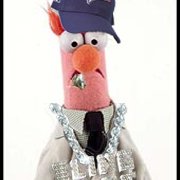Delete all empty rows in Excel - one line of code
-
Similar Content
-
- 9 replies
- 2,042 views
-
- 4 replies
- 6,111 views
-
Error when run as a admin, Error on a line of code that does not exist (Error: Variable must be of type "Object") - (Moved)
By Garcia,
- 4 replies
- 1,611 views
-
- 4 replies
- 4,486 views
-
- 9 replies
- 4,779 views
-






Recommended Posts
Create an account or sign in to comment
You need to be a member in order to leave a comment
Create an account
Sign up for a new account in our community. It's easy!
Register a new accountSign in
Already have an account? Sign in here.
Sign In Now